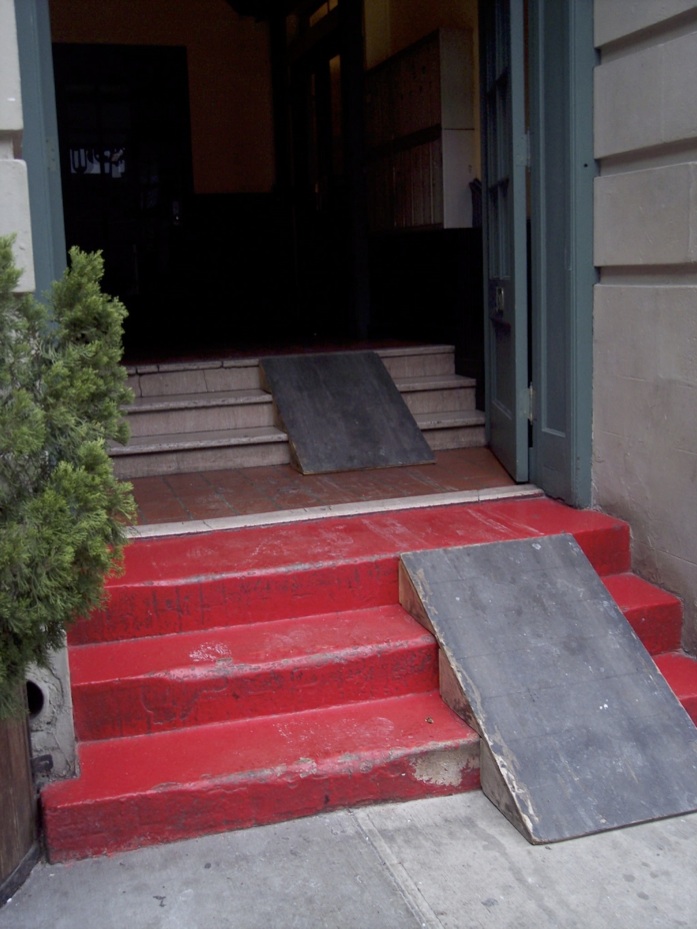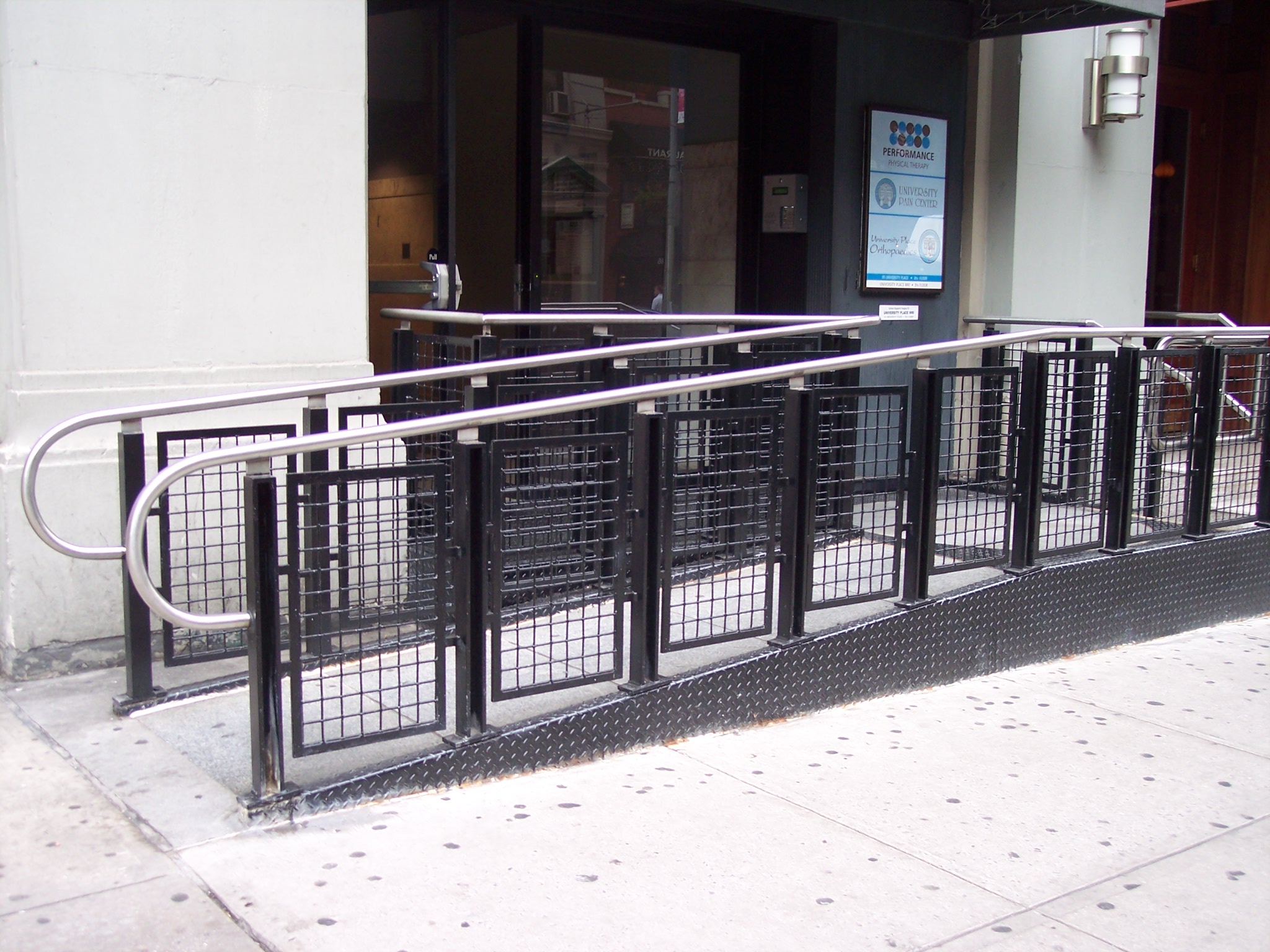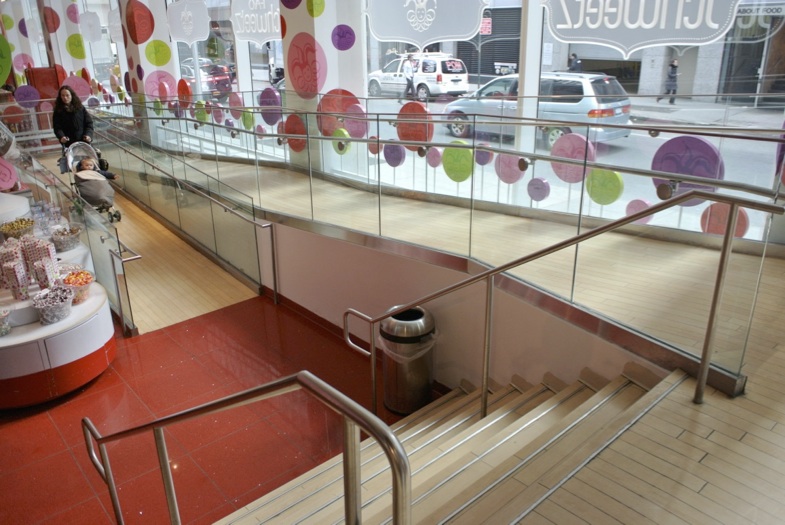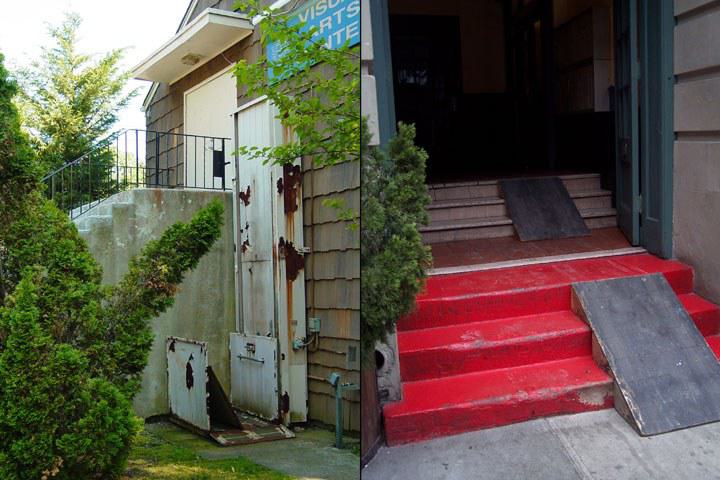If you were a building owner, what accessibility solution would you choose for your facility? Perhaps the least expensive option would be most appealing. Which would you choose if you were an end user and unable to take the stairs? You most likely would prefer the most reliable and easy to use solution. Choosing the most appropriate accessibility solution is a decision that should be made by the building owner and their architect based on the application and the needs of the end users. Unfortunately this decision is often negatively influenced by the public perception of Platform (Wheelchair) Lifts.
Platform Lifts are used by a diverse and numerous group of end users. They are often used by wheelchair users, which is why they are commonly called Wheelchair Lifts. As of a 2002 study, the University of California San Francisco Disability Statistics Center says just over 6.8 million Americans living independently use assistive devices to help them with mobility. This group comprises 1.7 million wheelchair or scooter riders (0.6 percent of the population).
However, Platform Lifts are not only utilized by wheelchair users. The UCSF study says there are 6.1 million (2.4 percent of the population) users of other mobility devices, such as canes, crutches, and walkers in the US. These numbers do not include all those for whom stairs are challenge due to some other conditions that limit mobility, such as arthritis, emphysema, and hearts conditions. It is safe to say that wheelchair users are a small portion of the population for whom stairs limit access to buildings.
This false perception that only folks using wheelchairs need the platform lift leads to a perception that lifts are not needed and won’t get used. We at Handi-Lift hear this excuse all the time. “The lift will never be used, we are just putting it in to meet the letter of the law.” Of course this leads to buying the cheapest products available put in by the lowest priced contractors. This leads to lifts that no one wants to ride and which won’t be maintained. These lifts won’t be working when they actually are needed.
We have not done ourselves any favors in the accessibility equipment industry making poor quality equipment and installing it poorly just to meet the letter of the law over the years since the inception of the ADA. So much bad work has been done (and continues to be done) that now a platform lift is chosen as a last resort. Rather than letting the building owner and their architect develop the best solution, ramps are forced into applications as a first choice where they do not provide accessibility with dignity.
Of course ramps are often used that don’t meet code:

They can be perfect solution for very lower rise applications in the 12-18” range. Even then they can take up a lot of space for level landings at each end of a 1:12 ramp even a ramp to service an 18” rise can take up over 75 square feet not counting any turn back. A platform lift takes up less than 1/3 of that space. Where space is at a premium a ramp (even a short one) is often not the right solution. If done well, however, for very low rise applications where space is available they are the first choice.

However, once you get over 24” of rise ramps start to not only kill a lot of space but they become a challenge for the person with mobility impairments. If in a manual chair they have to navigate long slopes and turn backs and this is not accessibility with dignity even if the ramp is done well.
This ramp was put in to replace a cheap vertical platform lift that didn’t serve the customers in FAO Schwartz. The store spent a lot of money replacing this lift. The ramp was not a low cost solution. In addition to the cost of the ramp construction the store had to give up 250 sq. ft. of valuable floor space that could be generating sales. Surely a heavy duty vertical platform lift solution could have been designed even with glass enclosure and glass doors for much less.

This ramp took up a lot of exterior real estate which in Manhattan is quite expensive:

So ramps are not necessarily the low cost solution and they definitely take up a lot of room and they do require maintenance but the one big advantage ramps have over standard platform lifts is they can be used by anyone from someone pushing a handcart with freight to those pushing baby carriages. A lift however is not to be used by freight and is for mobility impaired persons only, right? Wrong!
This is what needs to change! There is no reason a Platform Lift cannot be used by everyone and anyone as often as needed per day. The only problem is the industry is not promoting these high performance solutions because they fear the marketplace won’t pay for them. We have seen many old lift installations replaced with full commercial elevators and very expensive ramps so we do not believe that cost is the determining factor. If a heavy duty platform lift is properly designed and installed it will also last and add value to the building where as a low cost standard lift may in fact be throwing money away as it will not last or even be useful to those for whom it was installed.


